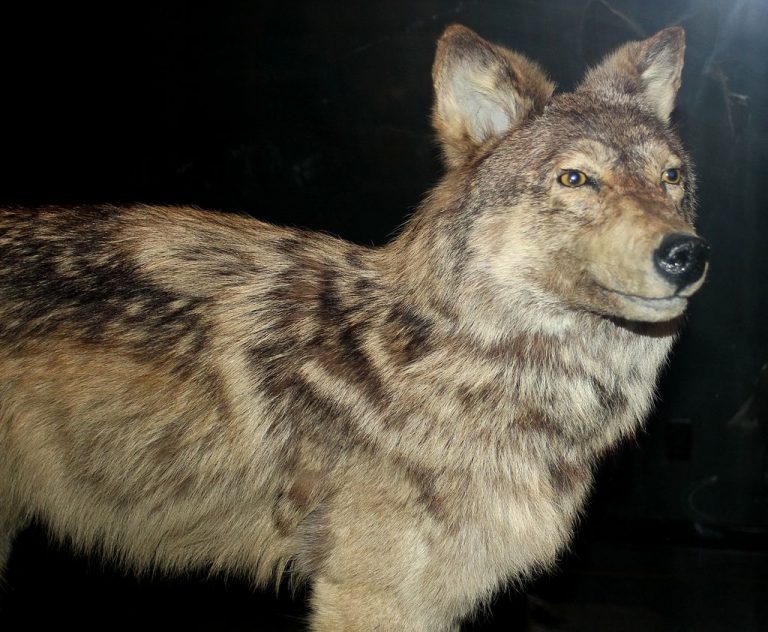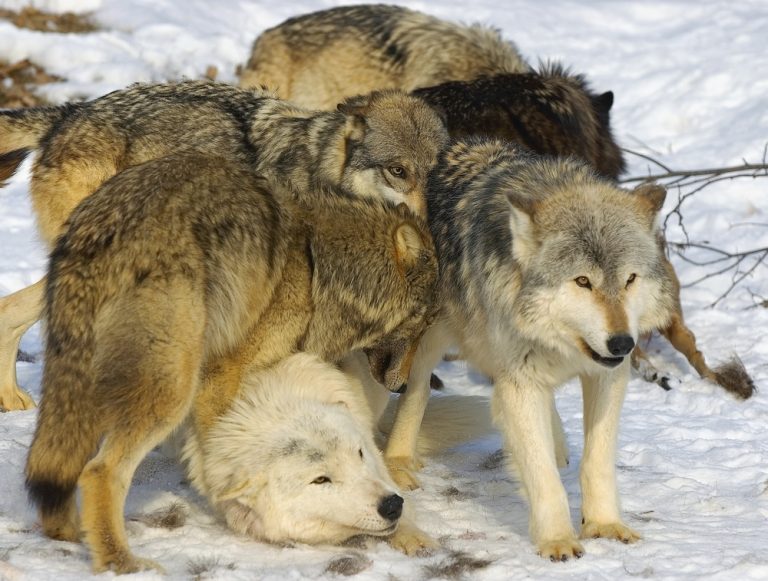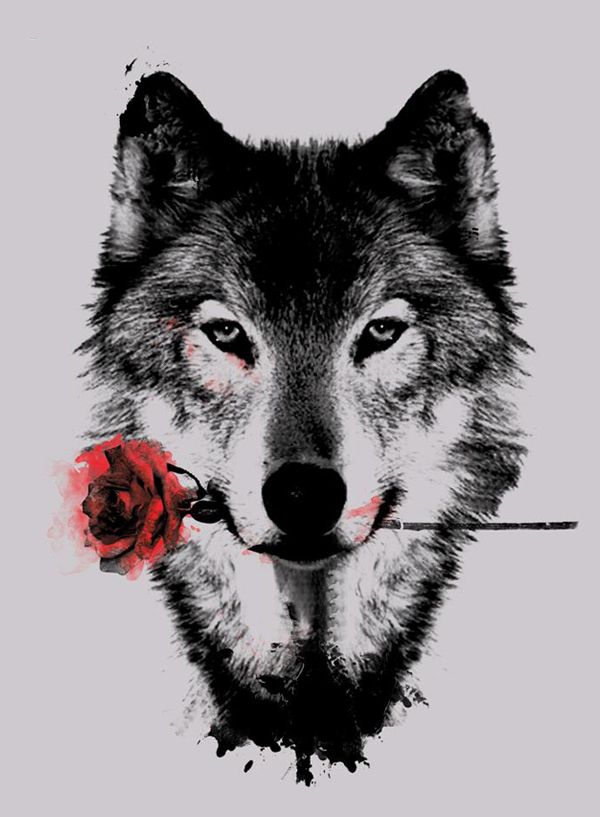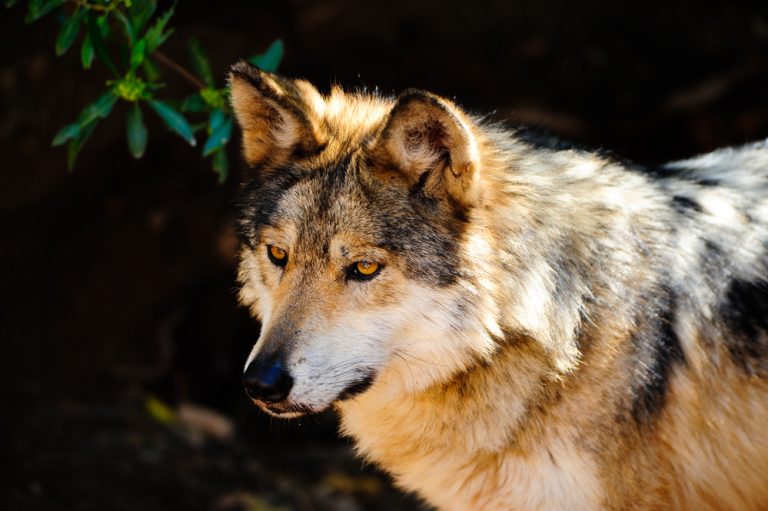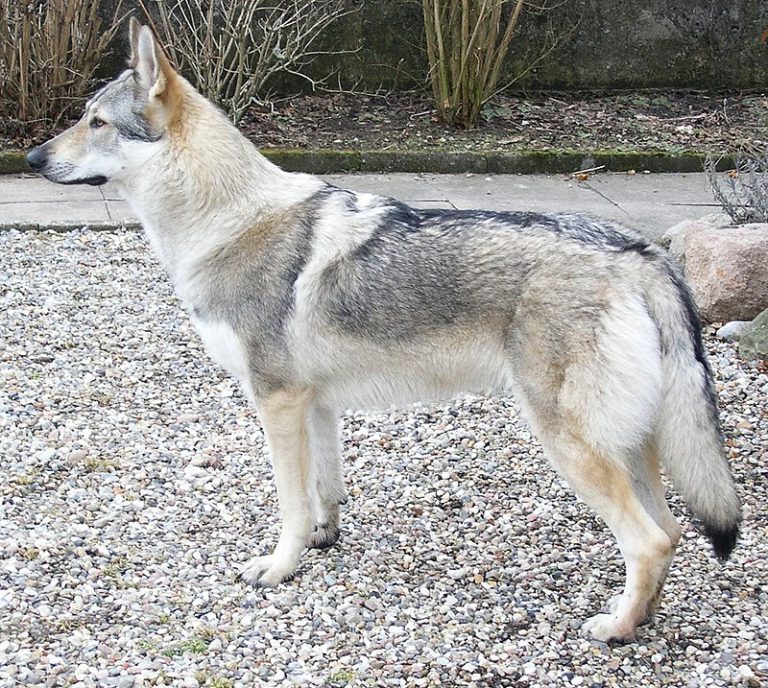All You Need To Know About The Extinct Dire Wolves
Dire Wolves are so popular now that the only prehistoric animals that rival them in fame are mammoths and saber-tooth tigers.

Like many people, you may have wondered if Dire Wolves ever really existed or if this animal is just another result of the hyperactive imagination of a movie producer. Well, dire wolves are real. Or rather, were real.
The dire wolf is an extinct species belonging to the genus Canis. It ranks high among the most famous and indeed fascinating prehistoric carnivores ever along with its also extinct competitor, the saber-toothed tiger (or saber-toothed cat).
Though this creature no longer lives, researchers have been finding and studying its fossils for years and here’s all the information they’ve gathered so far.
Physical Characteristics Of Dire Wolves
The meaning of this animal’s scientific name will give you a clue about what kind of predator it was. This animal is known as Canis Dirus meaning “fearsome dog.” It was about the same proportions as the largest gray wolves you could find today and it remains the largest type of Canis to have existed.

They weighed from 132 to 150 lbs. (60 to 68 kg), stood at about 38 inches (97 cm) at the shoulders, and were approximately 69 inches (180 cm) long.
The dire wolf is comparable in size to the modern day Yukon Wolf (Canis Lupus) and the Northwestern Wolf (Canis Lupus Occidentalis). However, fossil evidence suggests that some dire wolves were even larger than that.
Though it had a comparable skull and dentition with the largest of today’s modern wolves, it had much larger teeth designed for precision cutting.
Dire wolves canine teeth had the highest bite force of all members of the Canis species. Obviously to enable it quickly bring down the large prey it favored.
Though similar in size to the largest wolves around today, a few fossils suggests that some individual dire wolves could have weighed up to 240 lbs (110 kg).
Range And Habitat
These wolves prowled through much of their territory during the Late Pleistocene epoch (from 125,000 to 10,000 years ago). There are actually two subspecies of this wolf: Canis Dirus Guildayi and Canis Dirus Dirus.
Dire wolves were native to the Americas especially the USA. In their heyday, they lived from Alaska all the way to Florida and parts of South America. In fact, the first fossil that announced this species was discovered in the Ohio River bed near Evansville, Indiana.
The largest collection of fossils for this wolf so far were extracted from the Rancho La Brea Tar Pits in Los Angeles.
Large herbivores strolling past the area would get stuck in the muck thereby attracting predatory birds and other mammals like the dire wolves who would in turn get stuck too! As a result, a large number of them actually perished in the pits. Thousands of dire wolf skulls were found in the La Brea Tar Pits and are on display at the Page Museum there.
Their remains are actually abundant and are found in different terrain from plains and grasslands, to forested mountains and the arid savannas of South America.
Diet And Hunting Pattern
Same as other wolves, this wolf species was most likely a pack hunter.
Based on a combination of its powerful bite force and sharp, shearing teeth, researchers can deduce that it went after much larger prey than itself. Dire wolves were hypercarnivores: Isotopic Analysis shows that they largely ignored smaller prey and would attack ground sloths, bison, mastodons, camels and likely chased and killed horses too.
Their powerful skull and dentition allowed them to bite into and hang on to large struggling animals since their forelimbs are not adapted to holding prey. But working together as a pack, they were quite successful in these hunting ventures.
However, the effects of hunting such large ungulates were terrible.
The injuries found on most dire wolf bones are almost unimaginable. Some experts are led to propose that based on the severity of these injuries, there’s no way the affected individuals would have survived long afterwards on their own. This theory further supports the belief that dire wolves were social animals that moved in tightly-knit packs with pack members caring for the injured.
On the other hand, wolf bite marks on dire wolf skulls indicates that there were often fights within the packs possibly to reestablish pack hierarchy.
Why Did Dire Wolves Go Extinct?

These wolves went extinct not too long ago: in fact, just about 10,000 years ago. This event happened at about the same time that other comparable predators like the saber-tooth tiger also disappeared.
So was this a coincidence, and if not then what really happened?
Well, science can only make some intelligent guesses based on what were the prevailing conditions at the time.
Here are a few pointers pieced together about the disappearance of the dire wolf:
- This animal disappeared during the late Quaternary extinction event along with the majority of other large mammals and American megafauna living at the time.
- There was major climatic change during this period.
- This happened between 30,000 to 5,000 years ago.
- There was dramatic changes in vegetative matter likely leading to shortage of food for large herbivores.
- Dire wolves relied heavily on the existence of these massive herbivores for their food.
- As climate changed, these herbivores gradually disappeared and competition for food became fiercer.
- Their extinction happened quickly.
- Humans began arriving in the New World.
So what really happened to make this wolf go extinct?
Could it have been a direct result of large prey disappearing?
Was it the result of a large comet striking their habitat (as some experts believe)?
Why is it that about the same time dire wolves began disappearing the gray wolf also began to evolve? It began to run faster, hunt smaller prey, and some even allowed themselves to associate with humans and become domesticated?
For now, the exact cause of this animal’s extinction remains controversial and speculative at best.


